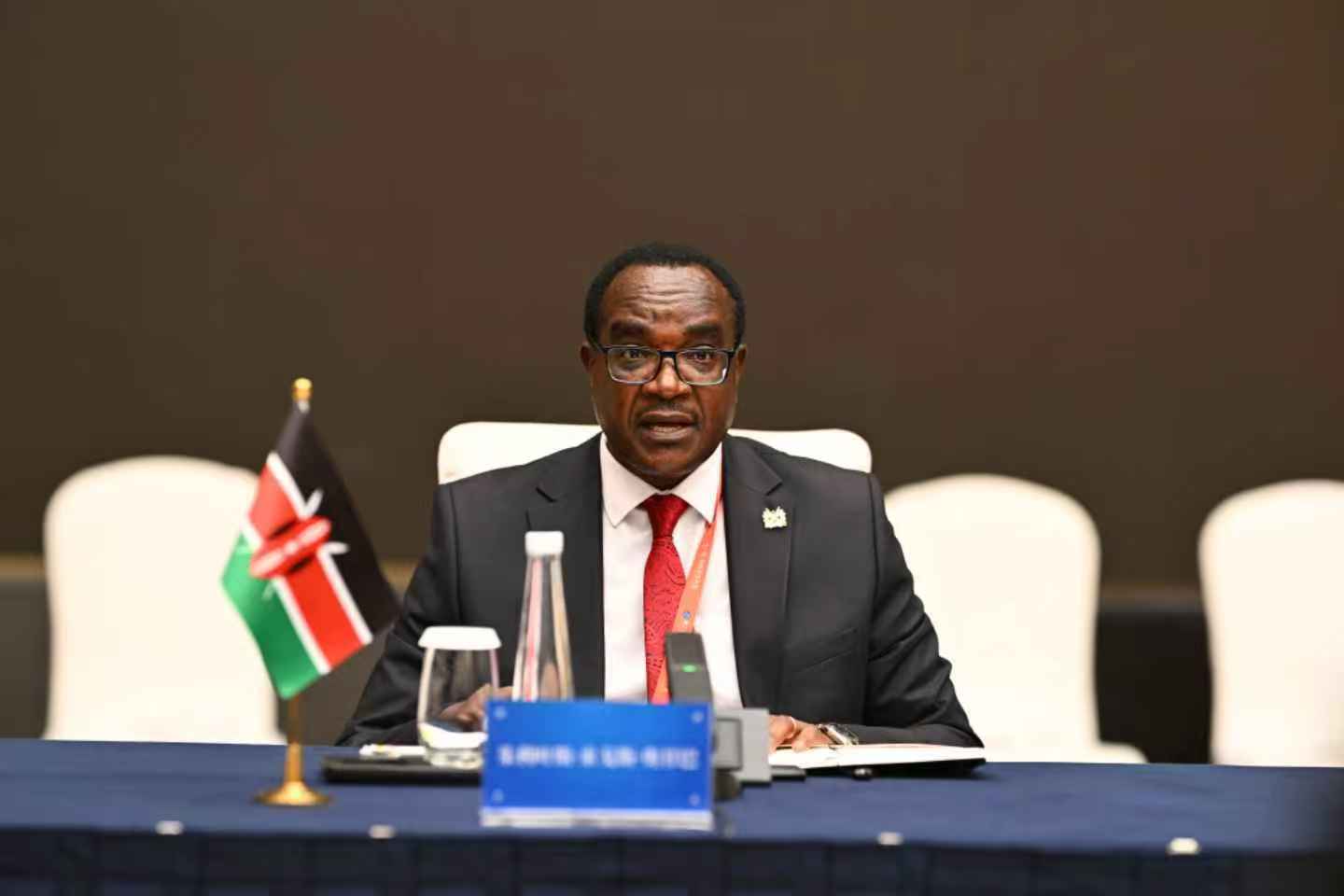The government has rolled out tough new rules to clean up school records and block the misuse of capitation funds through fake schools and inflated student numbers. This comes after an audit exposed billions of shillings lost to ghost institutions over the past four years.
A special report by the Office of the Auditor-General revealed that 33 non-existent schools had received funding meant for public institutions.
In response, the Ministry of Education has introduced a strict verification exercise to ensure only legitimate schools and learners are included in the funding programme.
Education Cabinet Secretary Julius Ogamba said in Mombasa that the ministry had discovered more than 50,000 ghost learners by comparing data in the National Education Management Information System (NEMIS) with figures submitted by heads of institutions.
“We have taken steps to reconcile school records and remove anomalies. Before capitation funds are released, the ministry verifies that each school is properly registered and has a substantive principal appointed by the Teachers Service Commission (TSC),” he said.
Under the new rules, every school must first be validated to confirm registration with the county education board and the appointment of a principal by TSC.
New schools applying for capitation will be required to submit additional documents, including the Free Day Secondary Education application form, a valid registration certificate, minutes of a Board of Management meeting, bank account details with signatories, a TSC appointment letter for the principal, and a forwarding letter from the sub-county education director with Kenya National Examination Council (KNEC) and Unique Identification Codes (UIC).
The ministry is also carrying out a wide data-cleaning exercise to ensure accuracy in the allocation of funds. It has introduced assessment and index numbers to complement the Unique Personal Identifier (UPI), ensuring that each learner appears in only one school through the KNEC database.
Ogamba explained that officials are verifying school UICs, authenticating bank accounts, cross-checking enrolment against NEMIS, and reconciling records with previous disbursements. “Any anomalies detected will be investigated and appropriate legal action taken,” he said.
So far, more than 29,000 out of the 32,000 primary and secondary schools have been verified. The process has also exposed over 50,000 inflated enrolments. Once the exercise is complete, the government plans to fully implement the Sh22,244 capitation per learner in secondary schools.
“We are no longer relying on birth certificates. Previously, NEMIS excluded some learners because they lacked the documents. We have now developed a tool to verify student numbers by gender and grade, from Grade 1 to Grade 9, to ensure accuracy,” Ogamba said.
He urged heads of institutions to cooperate, noting that the exercise will resolve funding gaps and improve planning.
“We are determined to weed out all ghost students and schools. By the end of this week, we want accurate data on the number of schools and learners,” he said.
Schools are now required to fill out an audit template capturing details such as the school name, UIC, type (public or private), and the number of learners by gender.
Junior schools must submit data for Grades 7 to 9, while secondary schools will provide figures for Forms 2 to 4, as there are no Form 1 students under the current 8-4-4 transition.
Institutions must also provide learner information from Grade 1 to Form 4, including UPI, assessment number, full name, gender, date of birth, birth entry number, and any disability.
Several school heads said they have been instructed to submit all learner UPIs for verification before funds are released. In the past, learners not captured in NEMIS, mostly due to missing birth certificates, were left out of funding.
